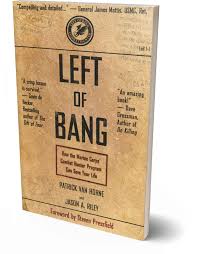While working on a sales desk some time ago, my team and I were told that we were going to be visited by some of the senior executives of the organization for a half-day. The goal, they said, was for the senior members of our organization to spend some time with us to see what we do first hand to gain a better understanding of the day-to-day issues we faced. This would ultimately help with their strategic decision-making going forward.
To prepare for this visit, my team and I had meetings to cover what would be expected of us and which people would be targeted as those that the executives would most likely shadow for the day. We then had a stream of meetings to review what the routine would be for that day and what we were going to try to accomplish. Some of these meetings were to serve as reminders of existing policy and some were meant to highlight the things that needed to be emphasized or deemphasized during the visit with the senior leaders.
At the time, I did see a lot of value in senior leaders spending time with my team. What bothered me about the process the most, however, was that there had to be special attention given to the visit. I didn’t agree that when senior executives were coming to the office for the day there should be special meetings or advance warning of any kind. Later on in my career, when I became a sales manager at another organization, I used this instance from my past as a building block for my management style. I feel very strongly that it is important for senior executives in organizations to spend time with teams like the one I was a part of. It is one thing for managers to report things to senior executives, but it is also very worthwhile for them to sit down and see for themselves. Every person on the team should be operating as if the CEO of the organization is sitting right next to them at all times. If a team member determines that part of their workday should be spent browsing the internet, that is fine. It is part of the day. If someone makes a great sales call, that is excellent. On to the next one. If someone on the team makes a mistake on the phone, that is ok. How can we learn from that mistake and scale it out to the rest of the team? You should feel comfortable and encourage the mentality that the CEO could and should be watching all of this.
As a leader it should be your goal to get your organization to the point where you trust that, if anyone within the organization, no matter what level, were going to Continue reading »


